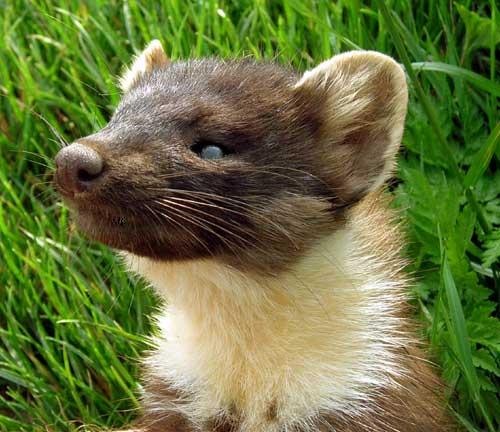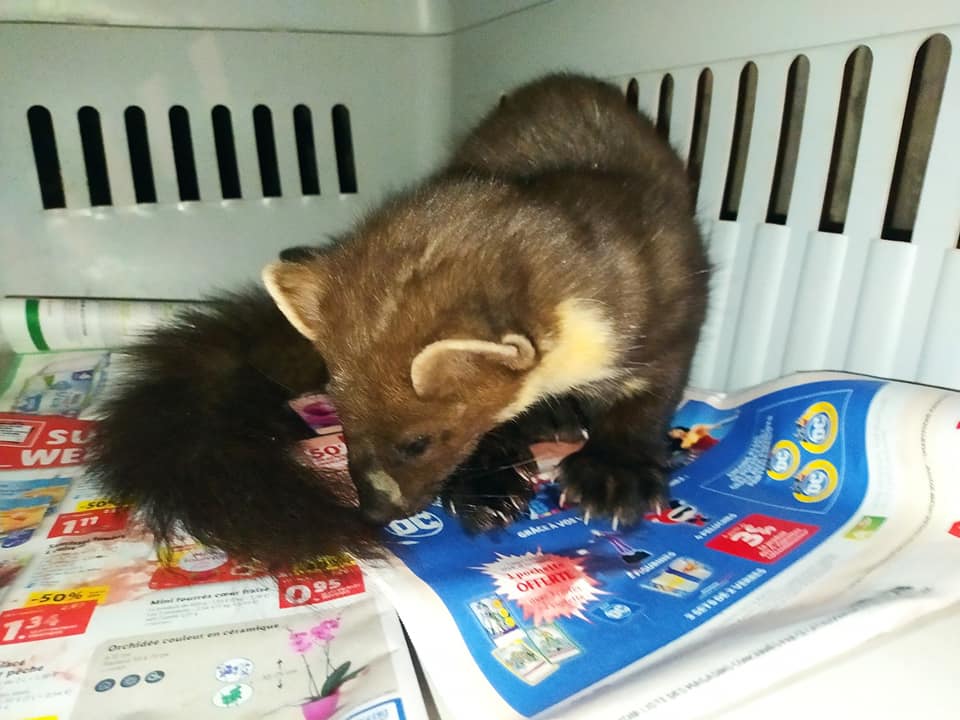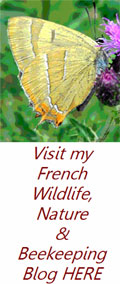Pine Marten
Martes martes
Martre
The Pine Marten
The Pine Marten, as with the Stone Marten, can also be found in most regions of France, in this case where there are sufficient trees, whether this is in the form of forest or copses, conifer, broad-leaf or mixed. Size is similar to that of the Stone marten, as is the colouration but without the greyish tinge, larger more prominent rounded ears and generally a larger bushy tail, the chin and upper breast patch is more cream or yellowish and doesn’t divide in two but forms a solid patch.
Diet
Although omnivorous they usually have a different diet regime to the Stone Marten. During the spring and summer field voles, common voles and birds will play a major role as will frogs and beetles. As summer progresses fruits, such as blackberries, and nuts will be consumed in larger quantities and nuts will sometimes be collected and stored. In winter it’s mainly small mammals and any grains or seeds that are available.
Although mainly nocturnal they will venture out during daylight. It’s not unusual to see them at dawn or dusk, and they will also be seen at any other time of day especially during the summer and early autumn months. There is a huge variation in territory, a female may only travel short distances from “home” or may move around in an area up to 15 square kilometres. Males will travel around even more in an area of anything up to 25 square kilometres and will use several different places for sleeping during the day. They are extremely agile, superb climbers and spend a lot of their time in trees where they can leap long distances, often from one tree to another.
Home for the Pine Marten can be almost any type of cavity, in the ground, in a tree or even larger bird nesting boxes, very occasionally a female may use part of a building, usually unoccupied, to give birth to her young, but they tend to keep their distance from humans more than Stone Marten.
Excrement is deposited at intervals along the course of their regular routes and is usually prominently placed; females may place some in close proximity to the site they are using to raise their young. Examples of excrement can bee seen HERE.



